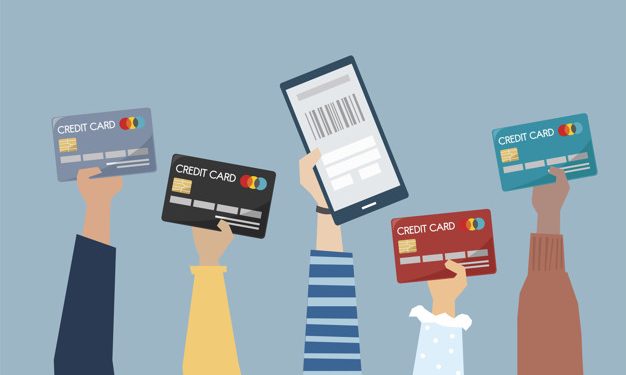An observation Mercator Advisory Group made in our May 2020 review of COVID-19 and payments is the close alignment of credit losses to the unemployment rate. On page 12 of that report, we plotted out unemployment and U.S. Charge-Offs between 2006 and 2020 (Forecast). We found that as unemployment grew, Charge-Off rates followed, first at 4.7% and 3.5% respectively in 2006, then through the recession where unemployment hit 9.9% and Charge-Offs at 10.4%.
As the economy recovered, it took nearly a decade to push unemployment back to the record low of 3.76%, though Charge-Offs recovered quickly after the purge of weak delinquent accounts.
In article in today’s WSJ suggests that we will not see unemployment rebound for two years, citing data from the OECD. “Unemployment rates in the world’s advanced economies will end the year higher than at any time since the Great Depression and not return to their pre-pandemic levels until 2022 at the earliest, the Organization for Economic and Cooperation and Development said Tuesday.”
But, the news is even worse: “Jobless rates could be even higher if the second wave of outbreaks leads to fresh, if partial lockdowns, the OECD said. If a second wave of lockdowns hits the U.S., the OECD forecasts jobless rates of 12.9% in 2020 and 11.5% in 2021, compared with 11.3% this year and 8.5% next year if there is no sustained resurgence.”
The high expectation directly affects the credit card business model and suggests it will soon require a revision. If you imagine the basic structure, where credit card revenue comes from the sum of interchange, fees, and interest, it must be able to withstand the expenses. These expenses are operating costs, marketing, and credit losses. The net of these numbers is the pre-tax profit. (For a thorough explanation of Return on Assets, read this report in Mercator’s library).
Assuming that credit losses can be three times the necessary 3.5%-4.0% rate expected, card issuers have no revenue opportunity. Evidence of this fact is found by looking at top issuers such as Chase, who posted a $547 million loss for the first quarter of 2009, in contrast to the $609 million gain in 2008. Loss rates quickly devour profits.
Thinking of this from a broader perspective, imagine the impact on unsecured consumer lending. The 50-year old credit card model needs to tighten. As good as financial inclusion may seem, credit card issuers may need to be more conservative. The same thing goes with sub-prime credits. If your FICO Score is south of 720, lending may be too much of a risk for credit card issuers to assume.
The logic is similar across the globe, whether it be in Brazil, Russia, India, or China. Embracing the unbanked is a noble goal, but how do you price a credit card that has a Charge-Off rate higher than 10%. It won’t be by raising interchange and pushing the cost to merchants. The pricing will need to come directly from cardholders, which will mean tighter standards, more fees, and higher rates.
And with this, we have a step backward in global credit card expansion.
Overview by Peter Reville, Director, Primary Research Services at Mercator Advisory Group









